Recent Research Publications
Displaying 12 Results Out of 287

- Articles
Crypto Fever: Law, Regulation, and the Promise of Trustless Trust
June 2025
Susan P. Shapiro

- Chapters
The Rule of Law is Fragile: The Importance of Legitimacy and Access
March 2025
Stephen Daniels and Joanne Martin
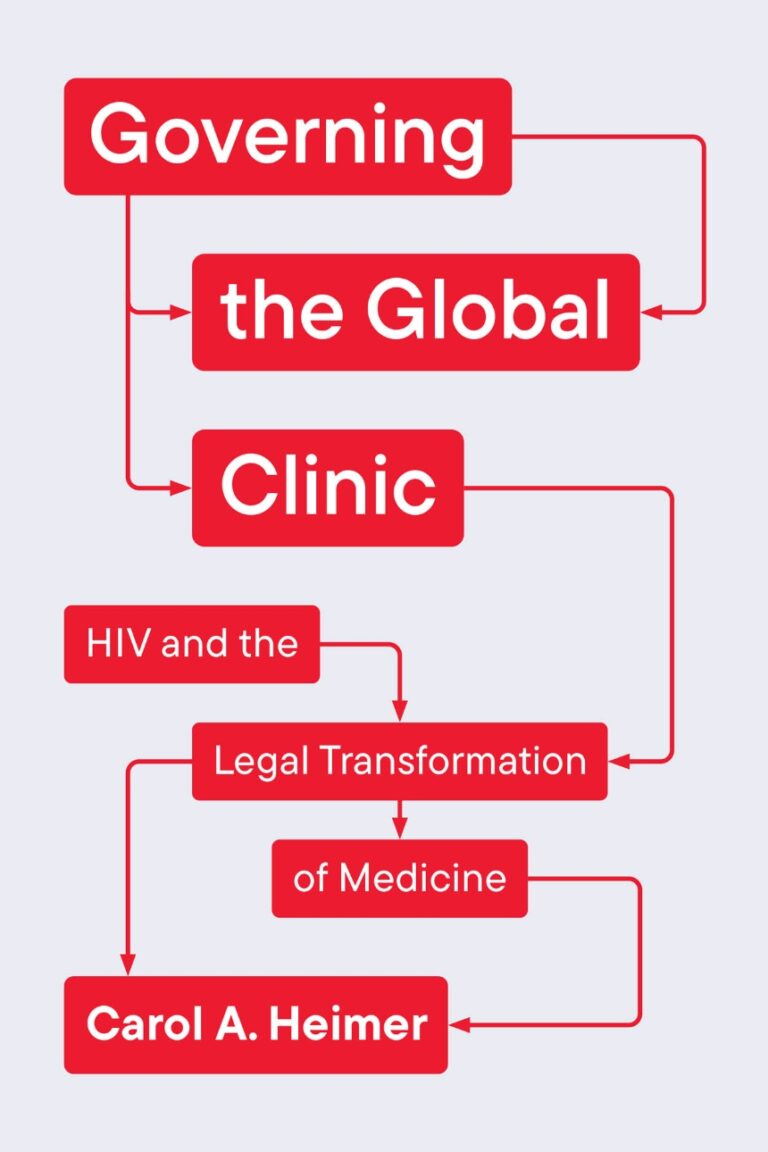
- Books
Governing the Global Clinic: HIV and the Legal Transformation of Medicine
Carol A. Heimer

- Videos
Shaping the Future of Sociolegal Research: ABF Doctoral and Postdoctoral Fellowships
2025
Mark C. Suchman, Anna Reosti, Ewurama Okai and Sino Esthappan

- Reports
People-Centered Access to Justice Research: A Global Perspective
2023
Matthew Burnett, Rebecca L. Sandefur and Julia Dos Santos Drummond

- Articles
A People-Centered Approach to Designing and Evaluating Community Justice Worker Programs in the United States
2024
Matthew Burnett and Rebecca L. Sandefur

- Articles
“Mom-and-Pop” Landlords and Regulatory Backlash: A Seattle Case Study
November 2024
Anna Reosti, Chris Hess, Courtney Allen and Kyle Crowder

- Articles
Rental Housing and the Continuum of Carcerality
September 2024
Anna Reosti, Rahim Kurwa and Robin Bartram
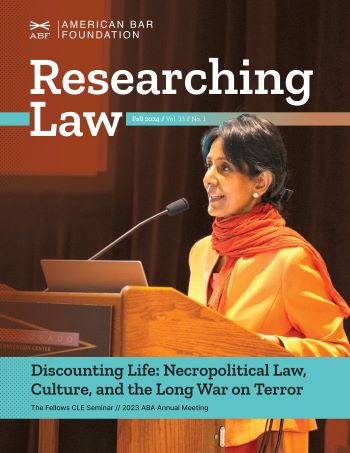
- Newsletters
Discounting Life: Necropolitical Law, Culture and the Long War on Terror
Fall 2024
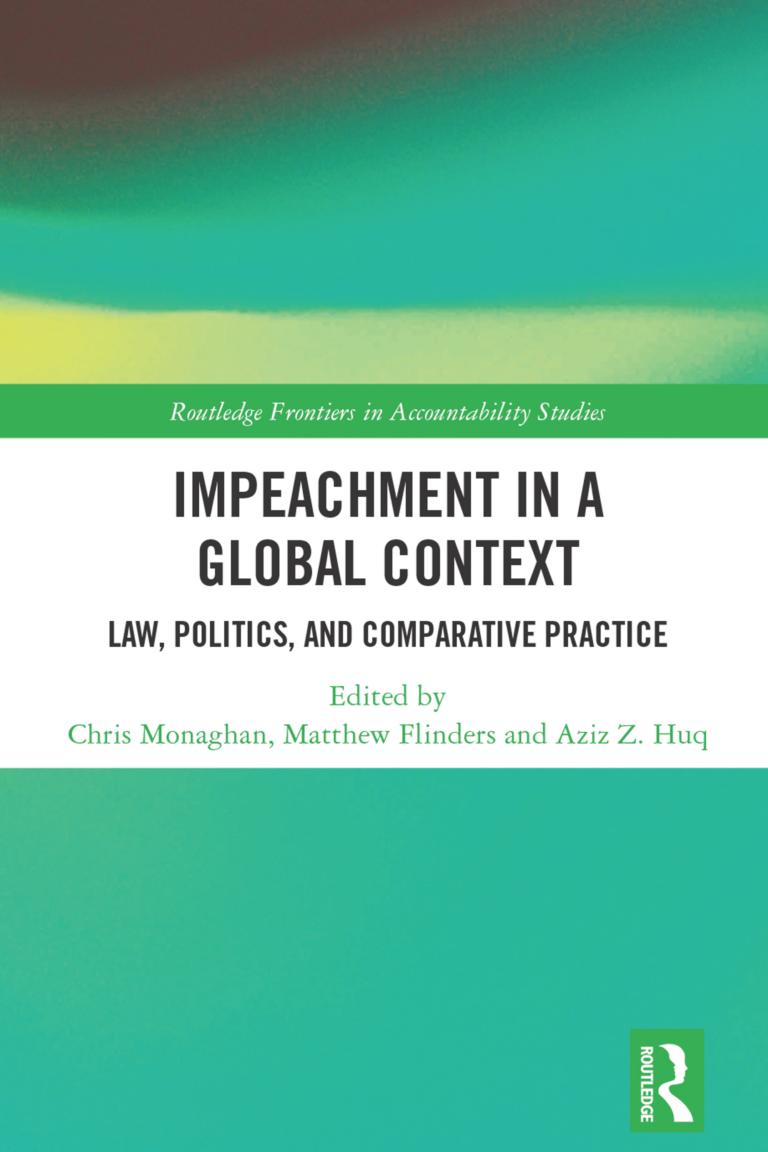
- Chapters
Impeachment in Comparative Perspective
February 2024
Tom Ginsburg, Aziz Huq and David Landau
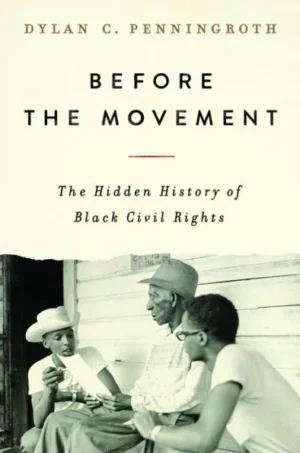
- Books
Before the Movement: The Hidden History of Black Civil Rights
September 2023
Dylan C. Penningroth
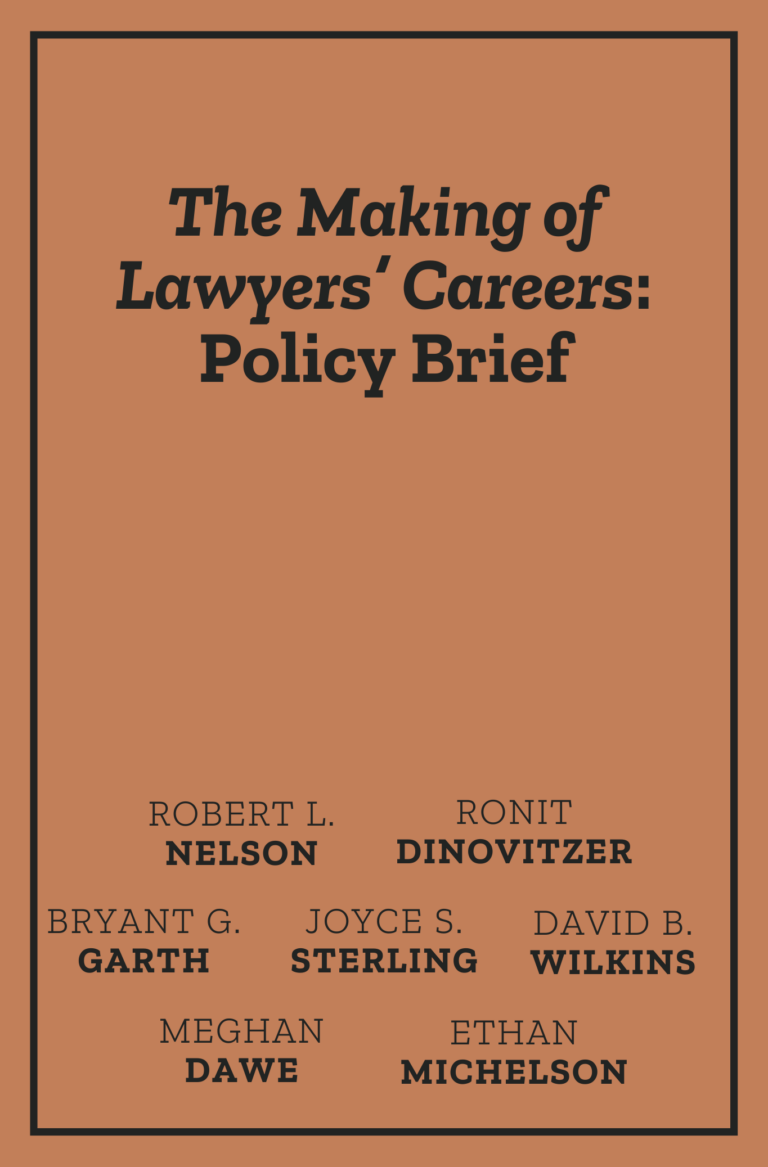
- Reports
The Making of Lawyers Careers Policy Brief
November 2023
Robert L. Nelson, Bryant Garth, Ronit Dinovitzer, Meghan Dawe, David B. Wilkins and Ethan Michelson
